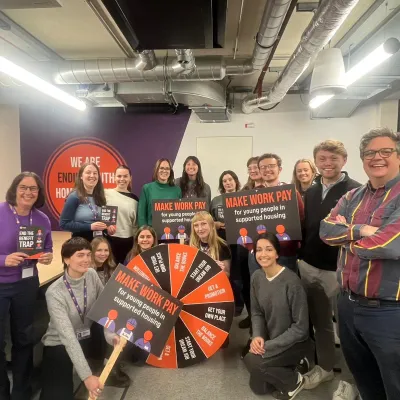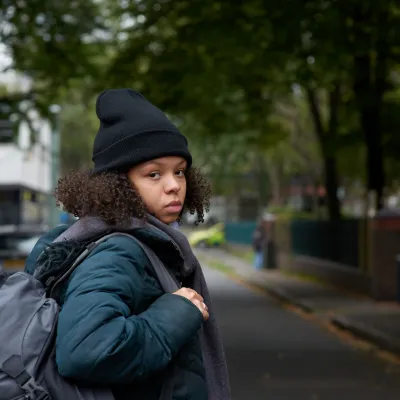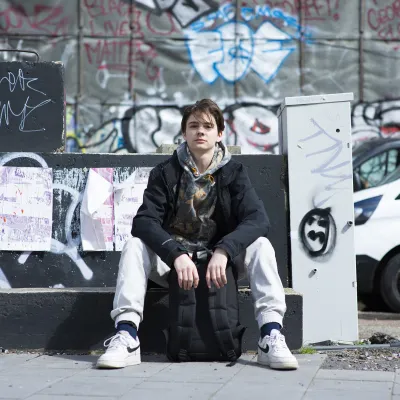Centrepoint’s new report Beyond the Numbers: The Scale of Youth Homelessness in The UK provides the clearest available picture of local and national youth homelessness, shining a light on the shocking number of young people at the sharp end of the housing crisis.
An estimated 121,000 young people in the UK asked the council for help with homelessness in 2019-20, based on figures provided by local authorities and devolved administrations. However, it is worth bearing in mind that not everyone reaches the council for help and many more 16-24 year olds are hidden homeless.
To find out how many young people faced homelessness in your local area, visit the Youth Homelessness Databank.
Where is demand for youth homelessness support the highest?
Between 2018-19 and 2019-20 several English regions saw an increase in the number of young people seeking help with homelessness. The North West had the largest increase with 30% more young people seeking help, followed by the East of England with a 20% increase and the South West with a 19% increase. This increasing trend is particularly worrying considering these figures cover up until March 2020, showing that youth homelessness was already rising before the pandemic hit.
Are homeless young people getting the help they need?
Since the Homelessness Reduction Act came into force in England in 2018, everyone experiencing or at risk of homelessness should receive an assessment and support to prevent or relieve their homelessness. However, two years on, only 72% of young people approaching the council for help are receiving the homelessness assessment to which they are legally entitled.
Of the young people who receive support to relieve homelessness, our research shows that only 36% secure accommodation, which is considerably less than the general population. Factors affecting youth homelessness go beyond the support provided by councils; wider systemic problems include limited and inappropriate housing stock, scarce and insecure employment opportunities, as well as limited social security support for under-25s.
A recent government evaluation of the Homelessness Reduction Act showed that almost half of councils still plan to make changes in order to implement the law fully. Given that over three quarters of councils saw a rise in homelessness during the pandemic, the Government must now urgently provide the funding and support required to reach every young person facing homelessness.
Three ways the government can end youth homelessness
- Establish a multiple-year financial settlement to help councils carry out their duties under the Homelessness Reduction Act. If the Government plans to reach its target of ending rough sleeping by 2024, it must go beyond a piecemeal approach to guarantee the long-term funding councils need to strategically commission local homelessness services.
- Launch a national online information hub that provides clear advice on how to seek help for homelessness. This should include the appropriate address for each local authority, along with an up to date phone number and email address. Ensuring these contact details are readily available is crucial to supporting young people in crisis.
- Local councils should be allowed to fast-track extremely vulnerable young people at the initial homeless assessment. The 8-week long homelessness relief process may not be suitable for young people who are fleeing domestic abuse, experiencing mental health problems or nearing full-term pregnancy. There needs to be a process in place to ensure that those in priority need are housed as a matter of urgency.






